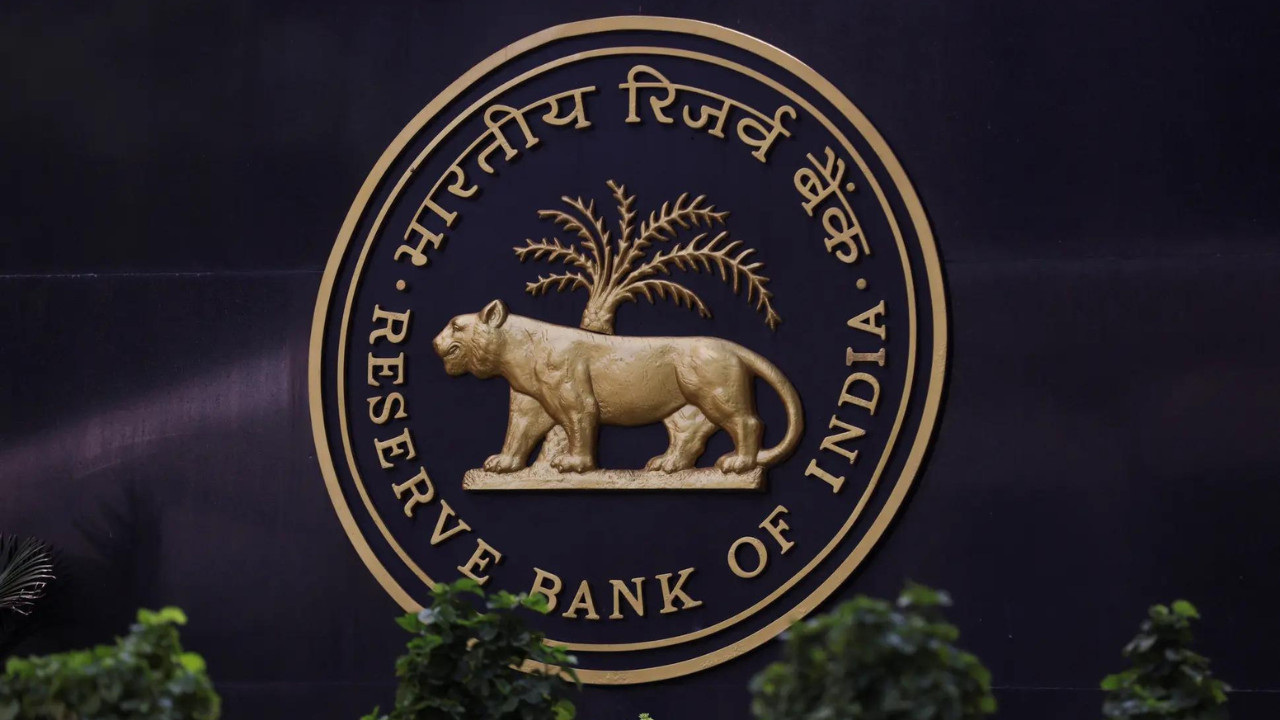The Reserve Bank has concluded a massive six-month overhaul, clearing out 5,673 outdated circulars and consolidating over 3,800 into 244 master directions. This significant regulatory streamlining, involving 9,446 circulars in total, aims to simplify compliance for businesses and reduce costs. The move, driven by a focus on ease of doing business, also introduces seven new directions for digital banking.
Navigating the Regulatory Maze: RBI Streamlines Compliance in India
Imagine trying to assemble a complex piece of furniture with instructions written in a language you barely understand, scattered across hundreds of different pamphlets. That’s often what navigating regulatory compliance feels like for businesses in India, especially those in the financial sector. But the Reserve Bank of India (RBI) has just wielded a powerful simplification tool, and the result promises to be a significantly smoother path for businesses seeking to thrive.
For years, the sheer volume of circulars, notifications, and directives issued by the RBI had become a source of frustration and, frankly, a drag on efficiency. The weight of these regulations, though intended to maintain stability and promote responsible practices, often led to confusion and increased the cost of compliance. Businesses spent valuable resources deciphering the rules instead of focusing on innovation and growth. The RBI recognized this bottleneck and embarked on a major cleanup operation.
The central bank has boldly scrapped a staggering 5,673 circulars deemed obsolete, redundant, or simply no longer relevant. That’s a massive pruning of the regulatory undergrowth! In their place, the RBI has consolidated and streamlined its directives into a more manageable and accessible format: just 244 Master Directions. These Master Directions serve as comprehensive guides, covering specific areas of regulation in a clear and organized manner. Think of it as replacing that pile of confusing pamphlets with a well-indexed, user-friendly manual.

This overhaul isn’t just about tidying up paperwork. It’s about fostering a more transparent and efficient regulatory environment. The RBI aims to reduce the compliance burden on regulated entities, freeing up their resources and encouraging innovation. By simplifying the rules of the game, the RBI hopes to level the playing field and make it easier for businesses of all sizes to navigate the complex landscape of financial regulation.
Why This Matters for Businesses
The benefits of this simplification initiative are far-reaching. Firstly, it significantly reduces the time and resources businesses spend on compliance. Instead of sifting through thousands of circulars, they can now consult a consolidated Master Direction for clear guidance. This translates to cost savings, improved efficiency, and a greater focus on core business activities.
Secondly, the increased transparency fostered by the Master Directions reduces the risk of inadvertent non-compliance. Clearer rules mean fewer opportunities for misinterpretation and a lower likelihood of penalties. This, in turn, enhances investor confidence and promotes stability in the financial sector.
Finally, a streamlined regulatory environment encourages innovation and entrepreneurship. By removing unnecessary hurdles, the RBI is creating a more fertile ground for new ideas and business models to flourish. This is particularly important for fintech companies and other innovative players who are disrupting the traditional financial landscape.
A Continuous Process of Refinement
The RBI acknowledges that this is not a one-time fix but an ongoing process. The Master Directions will be regularly reviewed and updated to reflect evolving market conditions and regulatory priorities. The central bank is committed to maintaining a dynamic and responsive regulatory framework that supports sustainable growth and financial stability. This commitment to continuous improvement is crucial for ensuring that the regulatory environment remains relevant and effective in the face of rapid change. This initiative builds on the broader trend of regulatory reforms across various sectors in India, aimed at enhancing the ease of compliance.
Furthermore, the RBI’s initiative complements other government efforts to simplify business regulations and promote ease of doing business in India. By working together, the RBI and other government agencies are creating a more business-friendly environment that attracts investment, fosters innovation, and drives economic growth. For further insights on related topics, explore our article on navigating business regulations for startups.
The Future of Regulatory Compliance in India
The RBI’s bold move to simplify and streamline its regulations marks a significant step forward in creating a more transparent, efficient, and business-friendly financial sector in India. By reducing the compliance burden and promoting greater clarity, the RBI is empowering businesses to thrive and contribute to the country’s economic growth. The impact of this initiative will be felt across the entire financial ecosystem, from large banks to small startups, fostering a more dynamic and innovative environment for all. The reduction of over 5,000 circulars is a strong message about the country’s commitment to reform and should provide a boost for foreign investors looking at the Indian market. It’s a significant positive for the Indian economy.






